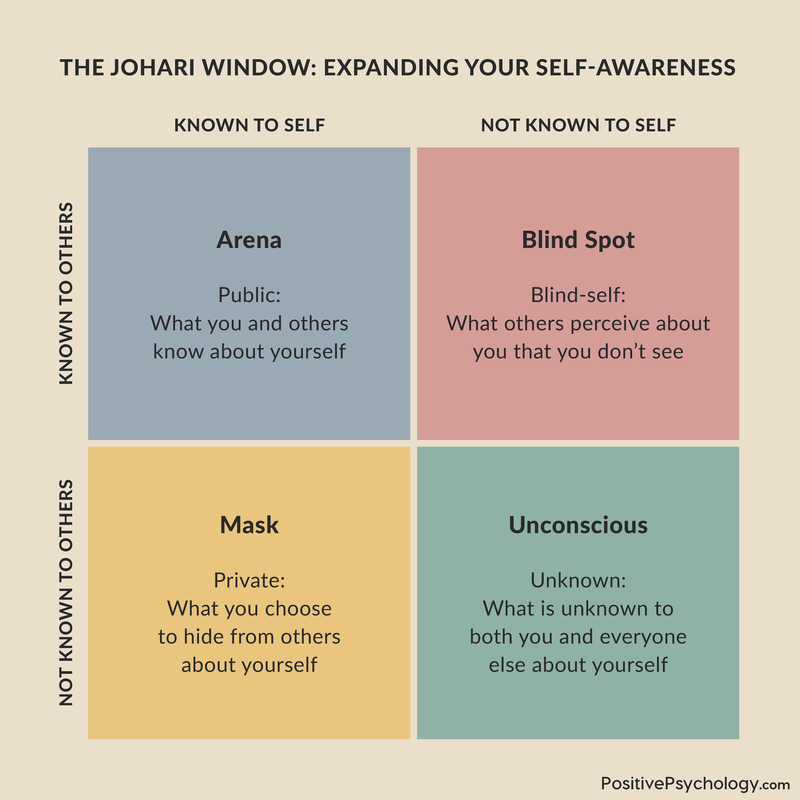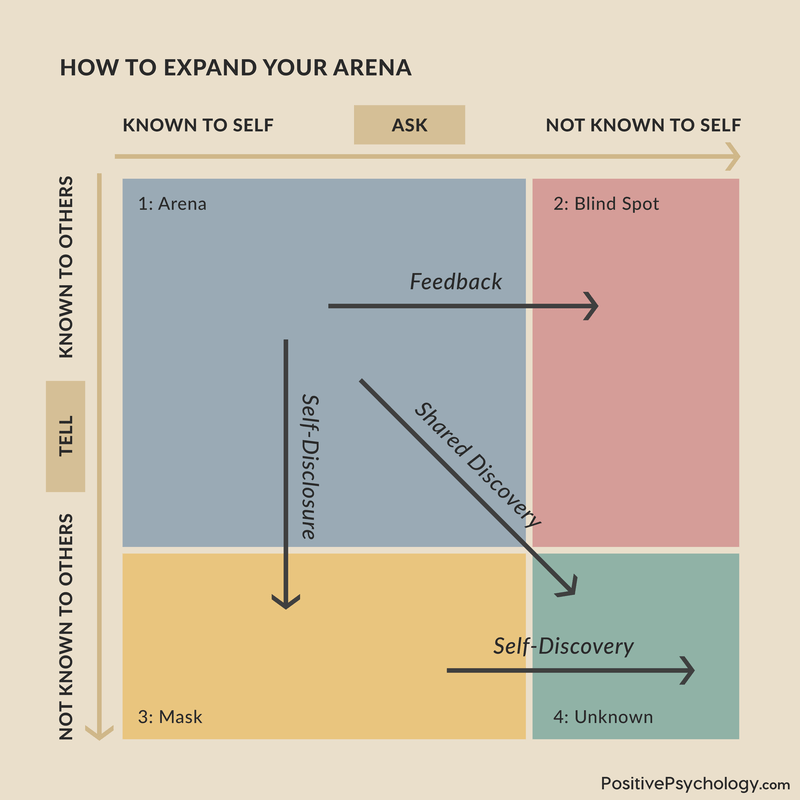Challenges and Recommendations for the Johari Window
There is real potential for the Johari window to be used as a jumping-off point for building self-awareness in new managers and leaders in organizations.
Beyond leadership specifically, the Johari window can be a helpful individual exercise for all colleagues and team members across any organization. However, there are some caveats to be mindful of when thinking about using the Johari window at work.
- Lack of coherent evidence base
Despite being developed over 60 years ago, there is surprisingly little evidence of its use and benefits in organizations and leadership, and the evidence that exists is located in disparate fields.
While this urges some caution, it also shows a promising gap where more research can add serious value to organizational behavior and psychology.
- Measurement
There have been some criticisms around how the Johari window is measured.
Historically, applying the Johari window involves deep introspection (i.e., an individual reflects on their own subjective experience and behaviors). However, given that the window is about self-awareness within interpersonal relationships, the lack of assessment captured by the other individual in the relationship is a considerable shortcoming.
As per the theory of interdependence in relationships (Kelley & Thibaut, 1978), each individual has a significant bearing on each other’s experiences and outcomes in any given interaction.
For instance, an individual may want to disclose (or conceal) parts of themselves to the relational partner if their needs are met (or frustrated) by said partner. Because of this, results tend to be based at the individual level, subjective, and difficult to interpret.
- Repressed information
The “unknown” quadrant of the Johari window could include subconscious or repressed information, particularly from traumatic past experiences.
As such, there is the potential that actively using the Johari window could lead to an increase of discomfort or even psychological distress for individuals. If individuals do not have the resources to deal with such emerging parts of the self, this can have dire consequences.
Therefore, it is strongly recommended that individuals are provided with sufficient aftercare (this could be as coaching or therapy), and the Johari window should not be used as a substitute for proper clinical care.
- Company culture
The degree to which individuals in an organization can share their authentic selves (in order to minimize the facade) is actually determined by the culture of the organization.
If the organization does not foster a culture of psychological safety, then employees will not feel able to be authentic, and so there will be a limit to the positive impact the Johari window can have.
While the Johari window is often used as an individual exercise, individuals exist within wider systems or structures of power, which can have a significant bearing on the usefulness of the Johari window.
Due to these shortcomings, individuals should be vigilant when using the Johari window. Yes, it can be an insightful exercise, but to get the most out of the exercise, it is recommended that individuals use the Johari window in conjunction with other helpful tools, practices, and exercises.
For example, if you are a new leader, completing the Johari window exercise will give you a good sign of your current communication and self-awareness skill levels.
At that point, various options are available to improve your communication skills. As a starting point, consider reading this Communication Exercises for Work article.



 The Johari window’s primary function is to help individuals develop an awareness of themselves, and it operates by using two important processes: disclosure and feedback.
The Johari window’s primary function is to help individuals develop an awareness of themselves, and it operates by using two important processes: disclosure and feedback.
 At first glance, the Johari window can appear to be somewhat abstract, and it might not be immediately clear to leaders or organizations how it can and should be used.
At first glance, the Johari window can appear to be somewhat abstract, and it might not be immediately clear to leaders or organizations how it can and should be used.


